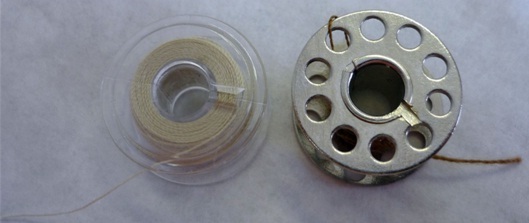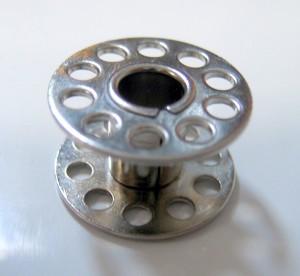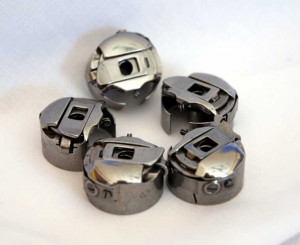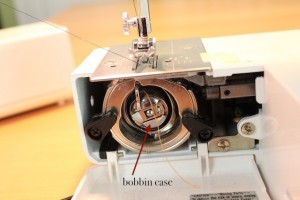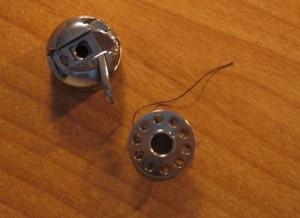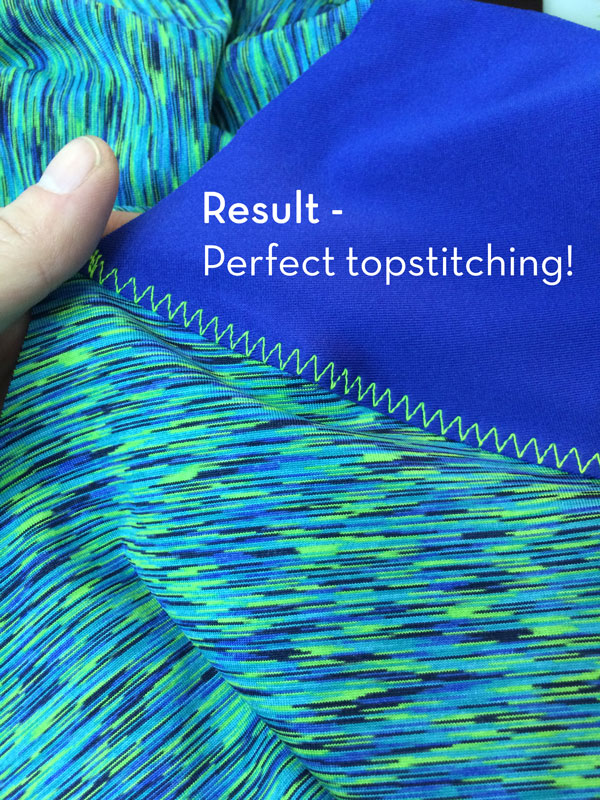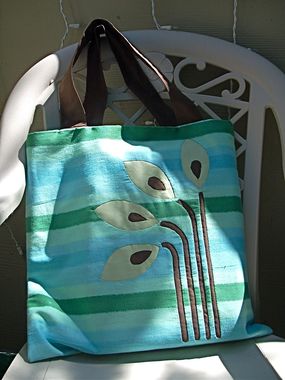Bobbin
Table of Contents
Bobbin is a useful tool generally found within various electronic equipment as well as in cameras and sewing machines. The following article discusses about the bobbin used in sewing machines.
Bobbin Definition and Use
Sewing machine bobbin is a cylindrical tool used for winding threads or yarn. It may or may not have flanges, depending on the use. Various materials including wood, plastic, metal and bone are used for making bobbin.
Bobbin is used as permanent or temporary storage of thread and yarn in stitching, knitting, weaving, lace making as well as embroidering. It supplies the bottom thread when you are working on you sewing machine. Your machine will not be able to produce the desired results unless the bobbin is tightly wound.
Directions for Winding and Installing a bobbin on Your Sewing Machine
Threading the bobbin properly is crucial for your sewing machine to work properly as it is an integral part of the machine. Here are some basic instructions for installing a bobbin on your machine. Make sure to read your machine’s manual before you start following the instructions given below.
- First, you need to open the bobbin holder or cover and note the direction of the thread that is wound on the bobbin. Then, take it out from your machine. Here is an image of some bobbin cases for you to get a clear idea about what to look for:
- Next, you need to raise the needle as high as possible. Releasing the pressure on the flywheel on your machine is also necessary for installing the bobbin. Find the knob on your machine’s flywheel to release the pressure.
- In this step, you need to put the thread on the spindle. Insert the thread through the bobbin winder’s tension disk. Then, thread your bobbin from inside out and snap it onto your bobbin-winder spindle. You may have to reposition the spindle on your machine for this purpose. Push the bobbin -winder into the gear.
- Put the end of the thread through one of the holes in the upper part of the bobbin and pull 2-3 inches of the thread through.
- Disengage the needle on your sewing machine. You can either push the central part of the hand wheel or rotate it towards yourself for this purpose. The exact method to be used can vary from one sewing machine model to another.
- Hold the thread’s loose end with the left hand and pull it gently outward to keep the thread as little slack as possible. Make sure to keep a firm grasp on the thread end.
- Begin winding the bobbin by pushing the presser foot. Do not loosen your hold on the thread end while winding the bobbin. Continue winding until the thread reaches the guideline set around the bobbin’s edge.
- You need to cut the excess thread from your bobbin’s top end once the winding is complete. Make sure to also cut the thread that attaches it to the rest of the thread spool.
- Make sure to check the direction of the thread when you set the bobbin back into its original position. Usually, the thread gets unwound from the bobbin if you set it in the wrong manner where the thread is wound in a counterclockwise rotation by the machine.
- You need to loop your bobbin thread around a tension loop in your bobbin case. Make sure to hold the thread’s loose end with the left hand when lowering the needle into your machine with the right hand. If the thread has been set properly, it should be caught by the needle and brought up through the machine’s feed dogs. At the end, you need to put the bobbin cover back into its position and you have learnt how to install a bobbin.
Things to Remember While Winding a Bobbin
Following are a few tips and pointers that will help you to wind this tool more easily.
- Make sure to read the manual for your sewing machine to find out the specific procedure for winding a bobbin on your machine. Some machines allow winding the tool while it remains underneath the side plate.
- Check if the bobbin is the right size and shape for your sewing machine.
- It is advisable to replace any cracked or damage bobbins as soon as possible as they can cause various sewing problems.
- Sometimes, the thread breaks from the top of the bobbin during the winding process. You should continue winding in such cases, as it is normal and does not cause any trouble.
- Make sure to wind the bobbin at a constant speed as it ensures an even wound of the thread. It is necessary consistent even and taut stitches.
- Remember to check that there is no lint stuck inside your bobbin to help your machine function more efficiently.
Bobbins from different sewing machines are not interchangeable. However, you can buy the tool specific to your machine at any sewing supply store. It is recommended to keep extra bobbins so that you do not have to wind and unwind every time you work with different colored threads.
Related Articles
Join Our Mailing List
Sign up to get the latest updates, along with fresh patterns and tutorials, right to your inbox

